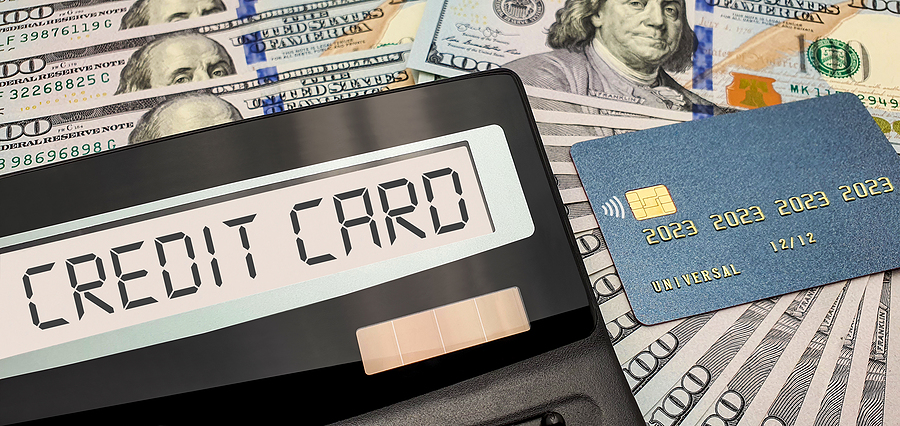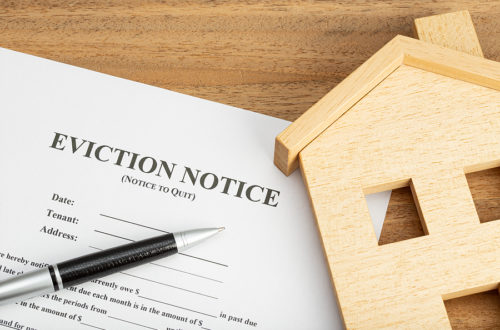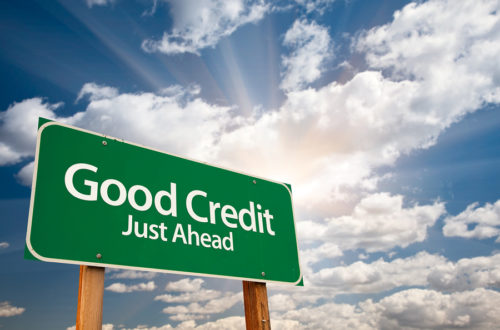Credit cards are among the most expensive ways to borrow- especially these days. The Federal Reserve’s war on inflation, marked by interest rate hikes, has lifted credit card rates to record highs. According to a recent NerdWallet American Household Credit Card Debt Study, the average amount of revolving credit card debt owed per American household is $7,486. Getting out of this debt can be difficult, but it is not impossible with proper planning. The following strategies are proven to be successful when getting out of credit card debt.
Determine a Payment Strategy
The first step to paying down credit card debt is to determine what type of payment strategy would work best for the consumer. Paying more than the minimum monthly payment posted is always the best place to start since the monthly minimum payment is normally only two percent of the balance and pays more for interest accrued every month than the principal owed.
One popular method of paying down debt is known as the debt snowball method. This method starts by focusing on the smallest debt first, focusing as much as can be paid on that first debt until it is paid off in full. When that one is paid, focus on the next smallest amount and so on until all debts are paid off. Like a snowball rolling down a hill, the payments get larger and larger until all of them are wiped out.
The other method is known as the debt avalanche approach. However, instead of focusing payments on the credit card with the smallest balance first, the consumer pays off the card with the highest interest rate first.
Debt Consolidation
When a consumer is struggling with multiple credit cards, it is often wise to consider debt consolidation by combining all outstanding debt payments into one account. One way to do this is through a balance transfer credit card. Many cards exist that offer zero percent interest for an introductory period of time, allowing the consumer to catch up on payments and make progress towards paying down the debt. The key is to make these payments during this introductory period before the interest starts accruing again. Try to find a card that offers a longer introductory period, 15 to 18 months at a time.
Another way to consolidate debt is to take out a personal loan to pay off all credit card debt, consolidating all payments into one loan payment. Interest does accrue on personal loans, but the interest rates on personal loans tend to be much lower than credit cards.
Negotiate with Creditors
Occasionally it helps to work directly with the creditor to explain the consumer’s financial situation and see if the creditor would be willing to offer a hardship program or negotiate payment terms that would be more favorable to the consumer. They may be willing to lower the interest rate on the card or waive fees, depending on the credit card issuer. While these changes may not seem huge, they may be enough to help the consumer get back on his or her feet.
Debt Relief
If these other options do not work for the consumer, it may be time to see alternative options for debt relief. One of these could be a debt management plan worked out with the help of a nonprofit credit counseling agency, who may be able to work with the consumer’s creditors to work out new terms or consolidate debt. However, be cautious when looking for an agency to work with and make sure that the company is legitimate and not looking to scam the consumer.
Bankruptcy may also be a good solution for a consumer who is struggling to even make minimum payments on multiple debts. By filing for bankruptcy, the consumer will be able to receive the relief from the automatic stay, putting an immediate halt to all collection efforts against him or her while the consumer works with the bankruptcy court to either liquidate assets to pay off debts through Chapter 7 bankruptcy or restructure debts into a repayment plan through Chapter 13 bankruptcy. By the end of the bankruptcy case, the consumer will receive relief from the bankruptcy discharge and will walk away with a clean financial slate. While not all debts, such as student loans and tax debts, can be discharged in a bankruptcy case, credit cards are included in the list of unsecured debts discharged in a bankruptcy case.
As bankruptcy attorneys, we see credit card debt as one of the most common problems facing those with serious financial challenges. It is not surprising with the high interest rates, unreasonable fees, harassing debt collection calls, penalties and never-ending minimum payments that do not even make a dent in your actual debt.
Filing for bankruptcy is a viable option for those struggling with insurmountable credit card debt. Chapter 7 is the fastest form of consumer bankruptcy and forgives most unsecured debts like credit card debt, medical bills, and personal loans. There are certain qualifications a consumer must meet in regard to income, assets, and expenses to file for Chapter 7 bankruptcy, which is determined by the bankruptcy means test.
Please click here to read more.
If you have questions on this topic or are in financial crisis and considering filing for bankruptcy, contact an experienced Miami bankruptcy attorney who can advise you of all of your options. As an experienced CPA as well as a proven bankruptcy lawyer, Timothy Kingcade knows how to help clients take full advantage of the bankruptcy laws to protect their assets and get successful results. Since 1996 Kingcade Garcia McMaken has been helping people from all walks of life build a better tomorrow. Our attorneys help thousands of people every year take advantage of their rights under bankruptcy protection to restart, rebuild and recover. The day you hire our firm, we will contact your creditors to stop the harassment. You can also find useful consumer information on the Kingcade Garcia McMaken website at www.miamibankruptcy.com.



